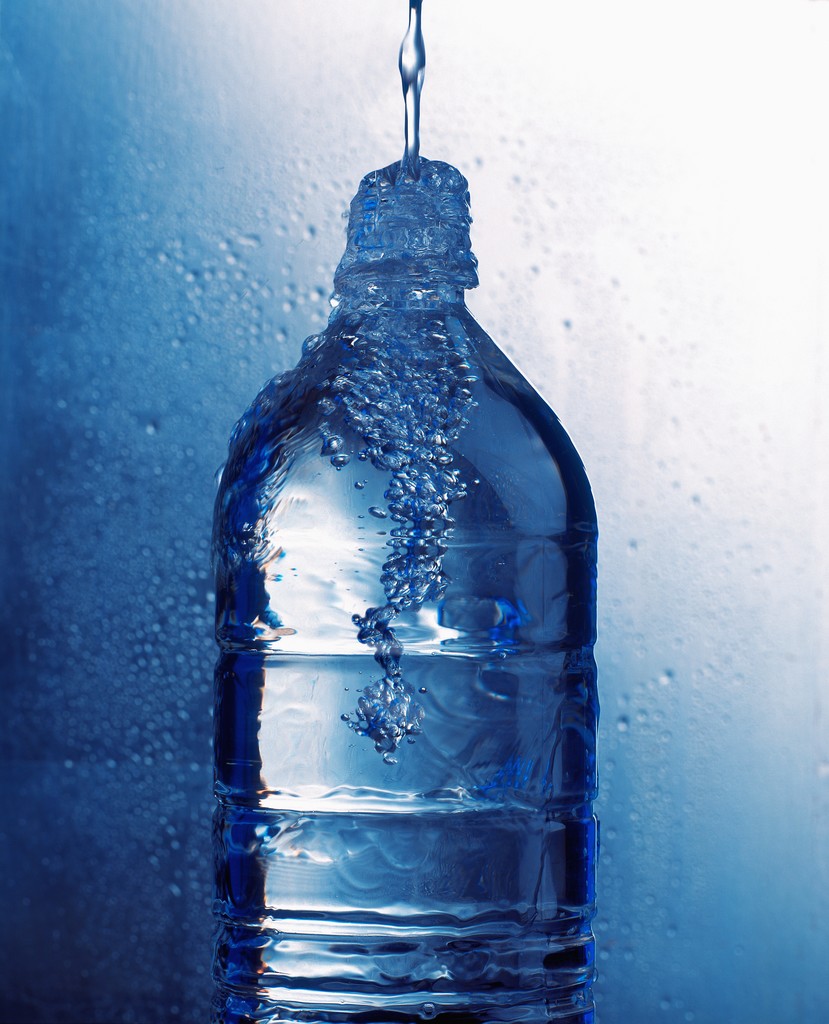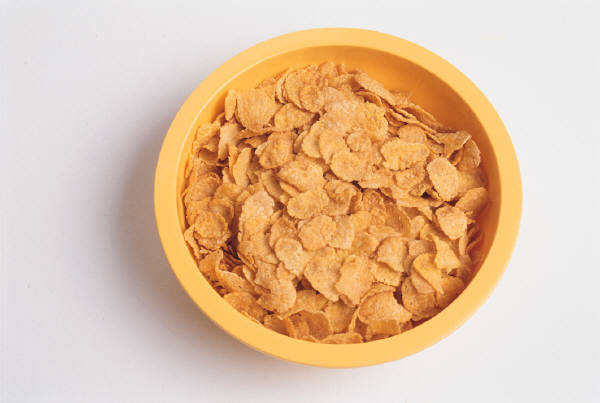If a tornado, ice storm, winter storm or other disaster ever strikes your community, you might not have access to food, water and electricity for days. By taking a little time now to store emergency food and water supplies, you can provide for your entire family.
WATER: THE ABSOLUTE NECESSITY
Stocking water reserves should be among your top priorities in preparing for an emergency. You should store at least a three-day supply of water for each member of your family. Everyone's needs will differ, depending upon age, physical condition, activity, diet and time of year. A normally
active person needs to drink at least two quarts of water each day, but the heat of summer can cause a person to need double that amount. Children, nursing mothers and ill people will also need more. You will need additional water for food
preparation and hygiene, so it is recommended that you store a total of at least one gallon per person, per day.
How To Store Emergency Water Supplies
You can store your water in thoroughly washed plastic, glass,
fiberglass or enamel-lined metal containers. Never use a container that has held toxic substances, because tiny amounts may remain in the container's pores. Sound plastic containers, such as soft drink bottles, are best.
Before storing your water, treat it with a preservative, such as chlorine bleach, to prevent the growth of microorganisms. Use liquid bleach that contains 5.25 percent sodium hypochlorite and no soap. Add four drops of bleach per quart of water (or
two scant teaspoons per 10 gallons), and stir. Seal your water containers tightly, label them and store them in a cool, dark place.
Another method to store water is to simply purchase bottled water and leave the seals intact, but remember to rotate your water every six months or as date stamped on the bottles.
Hidden Water Sources in Your Home
If a disaster catches you without a stored supply of clean water,
you can use water in your hot-water tank, in your plumbing and in ice cubes. As a last resort, you can use water in the reservoir tank of your toilet (not the bowl), but purify it
first (described later).
Water beds hold up to 400 gallons, but some water beds contain toxic chemicals that are not fully removed by many purifiers. If you designate a water bed in your home as an emergency resource, drain it yearly and refill it with fresh water containing two ounces of bleach per 120 gallons.
To use the water in your pipes, let air into the plumbing by turning on the highest faucet in your house and draining the water from the lowest one.
To use the water in your hot-water tank, be sure the electricity or gas is off, and open the drain at the bottom of the tank. Start the water flowing by turning off the water intake valve and turning on a hot-water faucet. Do not turn on the gas or electricity when the tank is empty.
Do you know the location of your incoming water valve? You'll need to shut if off to stop contaminated water from entering your home if you hear reports of broken water or sewage lines.
Family Disaster Supply Kit
It's 2:00 a.m. and a railroad derailment has caused officials to order an evacuation of half of the community. There's no time to gather food from the kitchen, fill bottles with water, grab a first-aid kit from the closet and snatch a flashlight and a portable radio from the bedroom. You need to have these items packed and ready in one place before disaster hits.
Pack at least a three-day supply of food and water, and store it in a handy place. Choose foods that are easy to carry, nutritious and ready-to-eat. In addition, pack these emergency items:
- Medical
supplies and first aid manual
- Hygiene
supplies
- Portable
radio, flashlights and extra batteries
- Shovel
and other useful tools
- Money
and matches in a waterproof container
- Fire
extinguisher
- Blanket
and extra clothing
- Infant
and small children's needs (if appropriate)
FOOD: PREPARING AN EMERGENCY STOCKPILE
If activity is reduced, healthy people can survive on half their usual food intake for an extended period and without any food for many days. Food, unlike water, may be rationed safely, except for children and pregnant women.
If your water supply is limited, try to avoid foods that are high in fat and protein, and don't stock salty foods, since they will make you thirsty. Try to eat salt-free crackers, whole grain cereals and canned foods with high liquid content.
You don't need to go out and buy unfamiliar foods to prepare an emergency food supply. You can use the canned foods, dry mixes and other staples on your cupboard shelves. In fact, familiar foods are important. They can lift morale and give a feeling
of security in time of stress. Also, canned foods won't require cooking, water or special preparation. The following are recommended short-term and long-term food storage plans.
Storage Tips
- Keep
food in the driest and coolest spot in the house, a dark area if possible.
- Keep
food covered at all times.
- Open
food boxes or cans carefully so that you can close them tightly after each use.
- Wrap
cookies and crackers in plastic bags, and keep them in tight containers.
- Empty
opened packages of sugar, dried fruits and nuts into screw-top jars or air-tight cans to protect them from pests.
- Inspect
all food containers for signs of spoilage before use.
Short-Term Food Supplies
Even though it is unlikely that an emergency would cut off your food supply for a week, you should prepare a supply that will last that long. A supply that will last for a week can relieve a great deal of inconvenience and uncertainty until services are restored.
The easiest way to develop a stockpile is to increase the amount of basic foods you normally keep on your shelves. Remember to compensate for the amount you eat from other sources (such as restaurants) during an average week.
You may already have a supply of food on hand that will last for a week. Keeping it fresh is simple. Just rotate your supply once or twice a year.
Special Considerations to Keep in Mind
As you stock food, take into account your family's unique needs and tastes. Try to include foods that they will enjoy and that are also high in calories and nutrition. Foods that require no refrigeration, preparation or cooking are best.
Individuals with special diets and allergies will need particular attention, as will babies, toddlers and the elderly. Nursing mothers may need liquid formula, in case they are unable to nurse. Canned dietetic foods, juices and soups may be helpful for the ill or elderly.
Make sure you have a can opener and disposable utensils. And don't forget nonperishable foods for your pets.
How to Store Your Short-Term Stockpile
Keep canned foods in a dry place where the temperature is fairly cool--not above 70 degrees Fahrenheit and not below freezing.
Rotate your food supply. Use foods before they go bad, and replace
them with fresh supplies, dated with ink or marker. Place new items at the back of the storage area and older ones in front.
How to Cook if the Power Goes Out
For emergency cooking you can use your propane or charcoal grill or camp stove outdoors only. Canned food can be eaten right out of the can. If you heat it in the can, be sure to open the can and remove the label first.
Nutrition Tips
In a crisis, it will be vital that you maintain your strength. So remember:
- Eat at least one well-balanced meal each day.
- Drink enough liquid to enable your body to function properly (two quarts a day).
- Take in enough calories to enable you to do any necessary work.